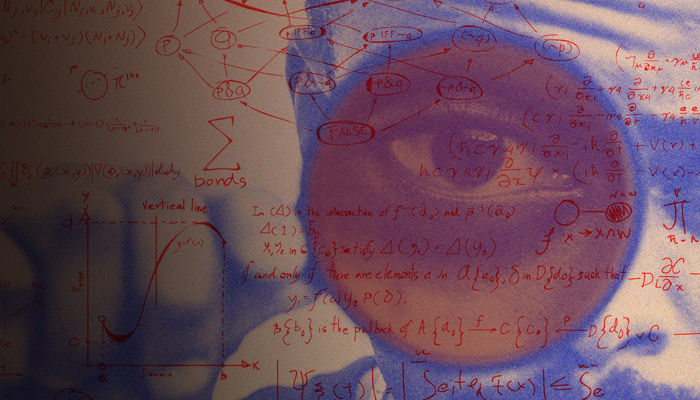Science & Healthcare Features
SCIENCE & HEALTHCARE: QUICK LINKS:
DeepMind’s Latest AI Tool Makes Sense of Changes in the Human Genome
Complex biological research goes from the lab to the computer—By predicting the effects of genetic variants, AlphaGenome could boost synthetic biology and the search for cancer genes.
Eli Lilly to Acquire Verve Therapeutics for Up to $1.3 B
The takeover sparks a gene-editing rally—Following its existing collaboration on cardiovascular gene therapies, the acquisition is driving Verve shares up ~75–80% and boosting optimism across the gene‑editing sector.
It May Not Be the AI Engine We Deserve, But it IS the One We Need. Meow Meow.
Cat-GPT—Let’s be honest: Cats already run our lives, so this may as well be the root source of Sky-Net. What would the “Cat-Matrix” look like? “The meow machine you never knew you needed,” Business Insider.
Evidence Mounts That About 7% of US Adults Have Had Long COVID
We really need a proper diagnostic definition and identification process—The variability in long COVID symptoms and reporting across demographic groups presents significant challenges for diagnosis and research.
FDA Rare Disease Innovation Hub to Enhance and Advance Outcomes for Patients
Opportunities for Implementation—Since the Orphan Drug Act was passed in 1983, there have been tremendous advances in research, innovation and regulatory policies that have spurred development of new treatments for rare diseases, but less than 5% of rare diseases have approved treatments on the market.
More Than 39 Million Deaths from Antibiotic-Resistant Infections Estimated Between Now and 2050
The Lancet reported the study of first global analysis of antimicrobial resistance trends.—“Antimicrobial medicines are one of the cornerstones of modern healthcare, and increasing resistance to them is a major cause for concern,” says study author Dr. Mohsen Naghavi.
AI-Enabled Medical Device Manufacturers:
Are You Prepared for Evolving FDA Oversight?—The FDA is soliciting comments and feedback regarding the importance of AI safety and effectiveness considerations in advance of its upcoming Digital Health Advisory Committee Meeting.
New Tick-Borne Virus Identified in China
When researchers know what to look for we can start explaining a lot of “unidentified” diseases.—Several new tick-borne viruses have been discovered in various parts of the world in the past 10 years. The latest may be a previously unknown orthonairovirus known as Wetland virus (WELV).
Only 1 in 5 U.S. Nursing Homes Have Enough Staff to Meet New Requirements
Centers for Medicare & Medicaid Services report targets these shortfalls—The pandemic brought attention to many parts of our healthcare system including long term care. An aging population is sure to place continuing stress on a care model that is already stretched.




















